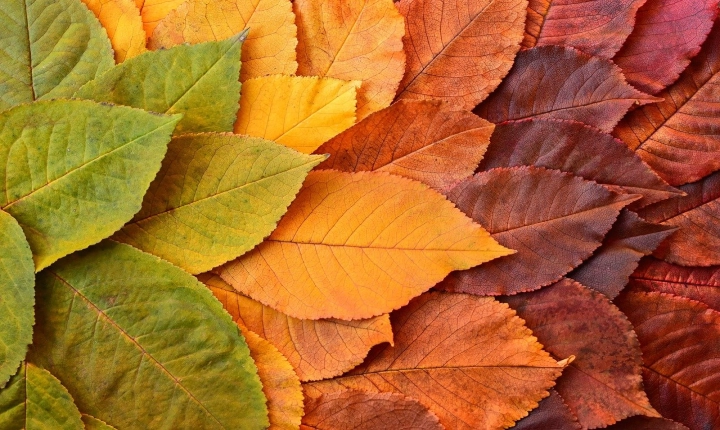Title: Exploring the World of AI-Generated Art
Artificial Intelligence (AI) has made significant advancements in recent years, leading to the emergence of AI-generated art. This groundbreaking technology has opened up new possibilities for creativity and has revolutionized the art world. By harnessing the power of machine learning and neural networks, AI is capable of producing stunning and thought-provoking artworks that challenge traditional notions of creativity and authorship.
One of the most intriguing aspects of AI-generated art is its ability to merge the capabilities of the machine with the imagination of the human mind. The process begins with training the AI model on a vast dataset of visual art, exposing it to a wide range of styles, techniques, and artistic movements. Through this exposure, the AI learns to recognize patterns, understand composition, and develop an understanding of what constitutes aesthetically pleasing artwork.
Once the AI is trained, it can generate new artworks by extrapolating from the knowledge it has gained. This can lead to the creation of original pieces of art that reflect a blend of influences from different artistic traditions. AI-generated art can range from traditional painting and sculpture to more experimental and avant-garde forms, spanning a multitude of styles and movements.
But how does one go about creating AI-generated art? While the technical aspects of training and deploying AI models can be complex, there are user-friendly tools and platforms that have made this process more accessible to artists and creators. These platforms often provide pre-trained models and user-friendly interfaces that allow users to experiment with generating their own AI art.
One of the key advantages of using AI for art creation is the ability to quickly iterate and explore numerous possibilities. Artists can input their own creative preferences and constraints into the AI model, guiding the generation process to align with their vision. This collaborative approach between human and machine can yield surprising and innovative results, providing artists with fresh perspectives and new avenues for exploration.
AI-generated art also raises thought-provoking questions about the nature of creativity and authorship in the digital age. As the boundaries between human and machine continue to blur, the concept of the artist as a sole creator is being challenged. AI art prompts us to reconsider the role of the artist as a collaborator with the technology, shaping the narrative and aesthetic of the final artwork.
Critics of AI-generated art often question its authenticity and emotional depth, arguing that it lacks the human touch and the personal experiences that inform traditional art. However, proponents argue that AI art has the potential to expand the boundaries of creativity, inspire new forms of expression, and spark meaningful conversations about the intersection of technology and art.
As the field of AI-generated art continues to evolve, it is important to consider the ethical implications of this technology. Issues such as copyright, ownership, and the responsible use of AI in art creation are all topics that require careful consideration and discussion. Furthermore, engaging with AI art should not be seen as a replacement for traditional artistic practices, but rather as a complementary tool for exploration and innovation.
In conclusion, AI-generated art represents a fascinating intersection of technology and creativity. It offers artists new ways of expressing themselves, and challenges our understanding of what art can be. As AI continues to advance, the possibilities for AI-generated art are only limited by our imagination, opening up a world of exciting potential for the future of artistic expression.
